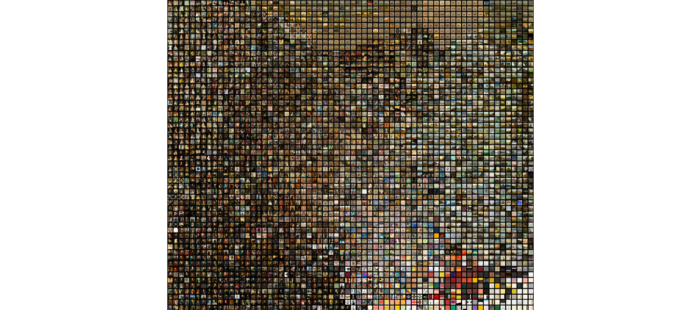What you can see in museums is just the tip of the iceberg
While all of the Sawyer Seminar speakers so far have been scholars or users of information ecosystems, Matt Lincoln is potentially unique in coding them. His Ph.D. in Art History, time as a data research specialist at the Getty Research Institute, and most recently, work as a research software engineer at Carnegie Mellon University have given him substantial knowledge about museums’ information systems, as well as the broader context of the seminar. For Lincoln, “data” consists of collections of art and associated facts and metadata. In his public talk, entitled “Ways of Forgetting: The Librarian, The Historian, and the Machine,” Dr. Lincoln focused on a case study from his time at the Getty, in which he was working on a project restructuring the way art provenance data were organized in databases. Lincoln argued that depending on who the creator or end-user of the information would be (whether librarian, historian or computer), the way the data are structured can vary. A historian would likely prefer open-ended text fields in which to establish a rich context with details specific to the piece, whereas a librarian would opt to record the same details about every piece, and a computer would prefer the data to be stored in some highly structured format, with lists of predefined terms that can populate each field. On top of balancing these disparate goals, Lincoln cited a particularly poignant Jira ticket, which asked: “Are we doing transcription of existing documents or trying to represent reality?” This question might well be answered with “both” since the Read More

